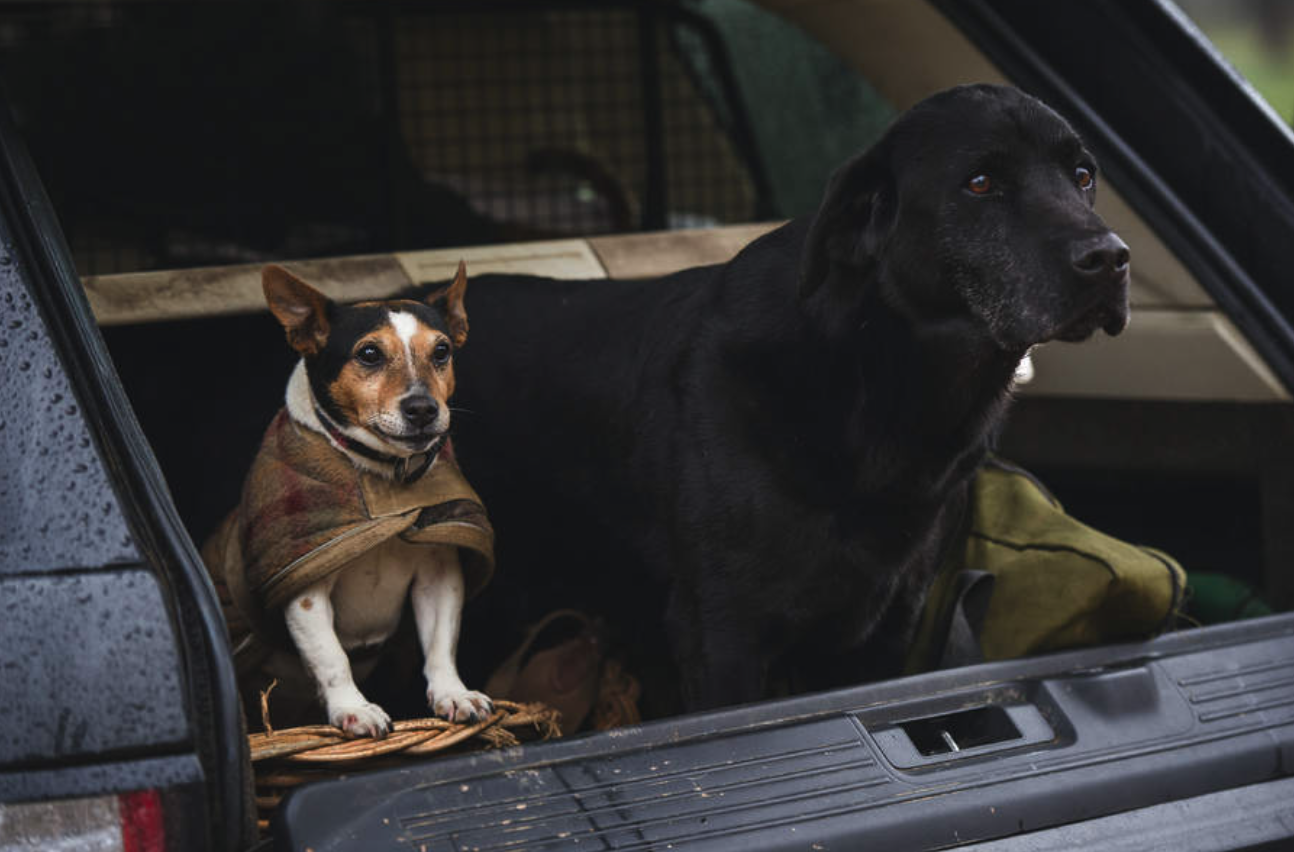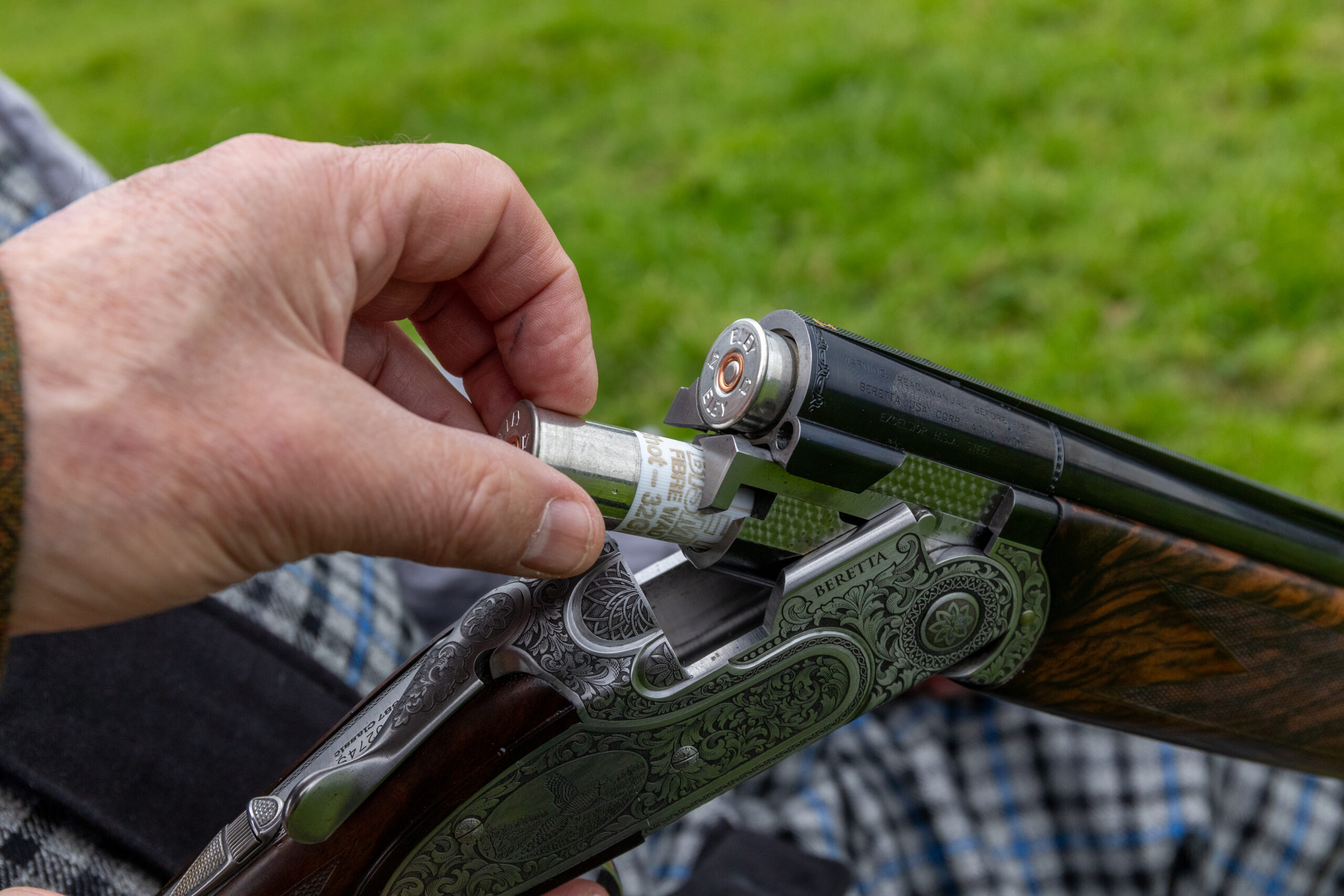What is the difference between working dog food and companion dog food?
How should you feed dogs that spend their days very differently?

A working dog needs a good quality diet if it is to perform at its best. However it’s not necessarily the case that the harder the dog works, the more calories it needs.
It all depends on the quality of the food the working dog is being offered and the density of the nutrients it contains. Good quality food will have a high concentration of essential nutrients – cheaper food will dilute these nutrients more.
Companion dogs
All dogs should be well nourished. Although a companion dog may not have as busy a day as a working dog, to stay healthy, fit and strong it will need to be offered good, well-balanced meals. (Read more here whether different breeds of dog need different foods.)
A companion dog should be offered complete and balanced food that it enjoys. Don’t keep offering your dog food that it’s disinterested in. (How would you like that?)
It’s always worth getting a sample size of food to see how your dog feels about it. Consider what you want for your pet and companion. Think about energy levels, mobility, coat quality. Make sure that the food you choose matches the demands and standards you have and what you want to be doing for the planet. (Is the food made from a sustainable source, is the packaging recyclable?) If you make the right choice of food you will be rewarded with a dog at its best both mentally and physically, whatever its age.
Some owners believe that a companion dog will be healthier if it is fed food designed for working dogs and exercised well. The key here is the word exercise. If you pick a good diet for your dog that meets its needs and the dog then receives the right exercise, he will shine with health and vitality.
Working dogs?
What about if you own both working dogs and companion dogs?
You may be tempted to feed them the same food for some or all of their meals. That is acceptable but remember that a sedentary dog will need less food daily than an active dog. Overfeed a companion dog and it will put on weight, risking strain to the heart, joints and vital organs.
For example, if you have a working lab and a companion cocker spaniel, the spaniel will need less energy in the form of food, as it is doing less work. However the nutrients it obtains from its food will be similar (and so keep the cocker in good health.)
Timings
When you feed a working dog and how often depends entirely on your timetable and the work load expected of the dog. What you feed a dog on the morning of a shoot day isn’t the fuel that makes it perform. Rather a working dog will use its energy reserves, fat and glycogen to fuel that day’s efforts.
So feeding after a shoot day is either about replenishing these reserves or training the dog’s metabolism to adapt to using specific energy reserves, like body fat.
For instance, if your dog is a sprinter and will have to run the following day, you will want to feed at a specific time in relation to the end of the day’s work, so that dog can sleep well and digest its food.
If your dog spends its days as a companion dog this time frame is far less important.
Things to remember
- Quality dog food will have a higher concentration of nutrients
- Companion dogs can be fed working dog food but think about the exercise the companion dog receives
- A dog on the right food will be healthy and energetic with a flourishing coat
- Try sample packs of food before committing yourself
- Don’t continue to feed a dog food it doesn’t like
- Feed your dog at the right time of day so it can do the work expected of it






